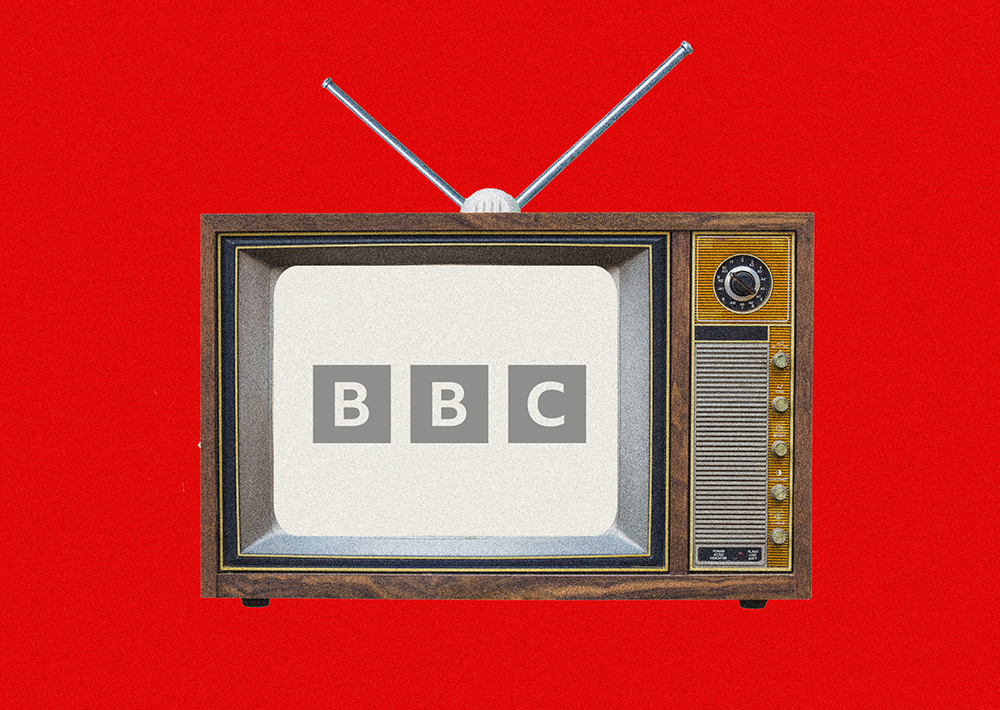It’s been a torrid few weeks for anyone who knows anyone who was running in the London Marathon. In have come the emails sent by the sender to himself or herself, and BCC’d no doubt to a very long list of the sender’s friends: ‘I’m running the London Marathon on 21 April, for [insert name of charity]. I’d be so pleased if you could sponsor me for this worthy cause. You’ll find my page on [JustGiving, or other similar websites]’ and a link is supplied.
There’s no way of getting your
money back if your friend wobbles out of the marathon after five miles
I’ve received a few of these and in fact been pleased to help. I know what runners go through, and I wholeheartedly approve of charitable giving. So, you may ask, what’s not to like about this growing practice? Oh I don’t know, but there’s something almost – well – industrial about the giving industry these days. JustGiving made an £18.9 million profit in 2021, after introducing (in 2019) a kind of ‘voluntary’ ‘tip’ set at 15 per cent of the gift.
You can opt out from this online, and we should do so, but you have to make an effort: moving a marker on a sliding scale back to £0. Many miss that or feel embarrassed to move the marker all the way to zero and instead leave a lesser ‘tip’. Trying to dodge these traps is like booking online with Ryanair. The honest way to raise revenue is to charge a commission – as they already do, 5 per cent, on processing sums for Gift Aid. These websites are not themselves charities, and there’s nothing wrong with that; but we should be clear.
I noticed that The Spectator’s Dear Mary (20 April) received an anguished cry for help from a correspondent overwhelmed by more than 15 requests for sponsorship for the London Marathon. The correspondent wondered how to distribute their limited resources. Mary has an ingenious reply, but the problem is real for (for instance) anyone with lots of godchildren, nephews and nieces. So it’s tempting to bewail this increasingly insistent sleeve-tugging, and express nostalgia for the good old days when one didn’t feel menaced by a big charitable machine and a superfluity of dearly beloved supplicants. I shall not resist the temptation. But first let’s look at the case for these platforms.
Assuming we think it a good thing to support charity, and a good thing to support friends prepared to put themselves through some kind of ordeal in a good cause, there can be no doubt that what we might call the JustGiving process (other websites are available) makes things easier both for the supplicant and the giver. In the old days the supplicant had to make a personal approach, direct or in writing, to each potential giver. Now a universal email to one’s friends achieves that in a single click.
In the old days there existed the notion that the ordeal had to be successfully accomplished before money changed hands, so the giver was conscious of agency: his promise would help motivate the supplicant. Now you put the money up front, sponsoring your friends simply to enter upon, not necessarily to succeed in, their quest. There’s no way (for instance) of getting your money back if your friend wobbles out of the London Marathon after five miles or fails to compete due to a bad cold. I did manage to get round the problem last week by sponsoring a friend (for £20) simply to enter the race, while adding (in the ‘personal message’ box on the platform) ‘And £20 more for every minute or part thereof by which you break the three-hour barrier’ – then (when he did break the three-hour barrier) returning to the website and adding the bonus. But it was hardly straightforward, requiring my own close and timely attention to the race, and his prompt relaying of the result.
Next, and importantly, in the old days it was a nuisance for the supplicant or charity to claim the Gift Aid HMRC makes available, by getting each giver to sign the requisite declaration. Now you just tick a box on the website page. This must enormously increase the charitable harvest (and cost HM Treasury dearly) with no sweat on anybody’s part. Do you suppose HMRC checks up on each ticked box? One does wonder.
And then there’s the huge benefit of being able, as a donor, to monitor how your supplicant’s appeal is doing – reining back additional generosity if they’ve already hit their target, and maybe chipping in with a bit extra if they seem to be struggling. And it’s cheering to find out, with a couple of clicks, that your supplicant has reached their goal.
Finally, and most important of all, I cannot but believe that the existence of these easy-to-use platforms for giving must have substantially increased the global total that our fellow citizens give, each year, to charity. I have enormously increased the number of small donations I make, all solicited from me by friends of whose charitable endeavours I would otherwise have been unaware.

In short, the system works. So what’s not to like about it? This, I suggest: it distances the supplicant from the donor. I reflect with nostalgia on the days when a friend or relation would approach me holding a dog-eared notebook and ask me face to face if I would sponsor them for some challenging ordeal they were prepared to face for a charity close to their heart. Would I sign my name and an amount in their book? Later they would return to boast shyly of their success and collect the funds. I remember when my friend Edwina asked if I could sponsor her to take part in a women’s gravy-wrestling championship in Yorkshire: her chosen good cause being an organisation that gives work to people with mental or developmental problems. It felt personal. I watched the video of her gravy ordeal and felt proud to be a sponsor.
Now it’s all done remotely, and on a keyboard. And much is gained. But something is lost.








Comments